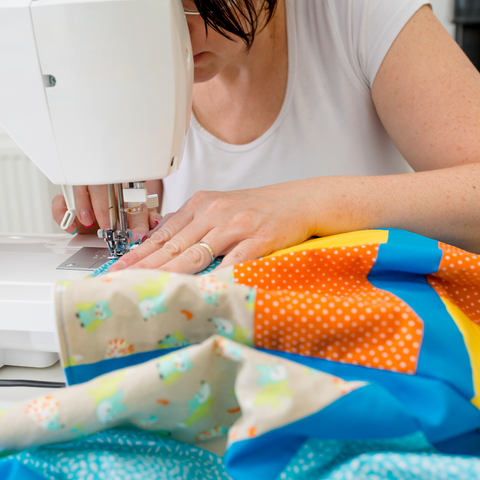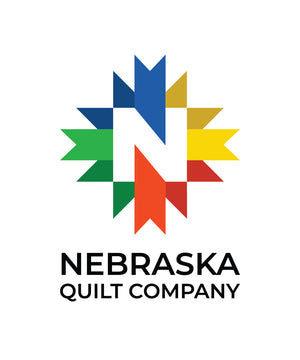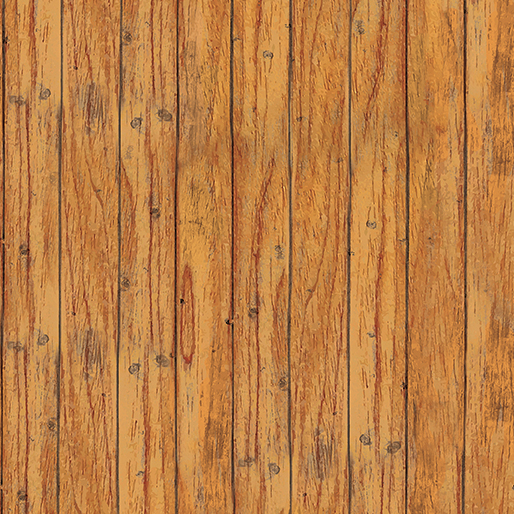Get to the Point: A Guide to Sewing Machine Needles
Today, we're looking at the smallest and most important quilting tool: the needle. While it may seem like a simple component, understanding its parts, sizes, and types will let you pick the right needle to achieve professional-quality stitching on every project. We’re focusing on needles for traditional table-top (domestic) sewing machines (used for quilt piecing and garment sewing) in this post; longarm quilting machines are equipped differently.
Pointed Terms: Parts of a Sewing Machine Needle
A typical sewing machine needle consists of several key parts: the shank, shaft, groove, eye, and point. The shank is the top part of the needle that is inserted into the machine. One side of the shank will be flat to ensure you align it properly for insertion. The shaft is the elongated body of the needle. The groove runs through the shaft and carries the thread as it passes through the fabric. The eye is the small hole at the bottom of the needle where the thread passes through, and finally, the point, which determines how the needle pierces the fabric.
Needle Sizes and Types
Sewing machine needles come in various sizes, ranging from fine to heavy-duty, denoted by numbers. The higher the number, the thicker the needle. Additionally, needles feature different points, such as universal, ballpoint, and sharp. The choice of needle depends on the type of fabric you're working with. For lightweight woven (non-stretchy) fabrics, a universal needle in size 80/12 or 90/14 works well. If you're sewing with stretchy knit fabrics, opt for a ballpoint needle to prevent snagging. For heavier fabrics like denim or upholstery, a sharp needle in a larger size will provide better penetration.
Let's look specifically at the most common needles used in quilting. For piecing quilts, where precision is key, a universal needle in size 70/10 or 80/12 is ideal. These needles have a fine point that creates crisp seams without damaging your beautiful fabrics. When it comes to machine binding, however, a sturdier universal needle in size 90/14 will work better. The slightly larger size ensures smooth stitching through multiple layers of fabric and binding.
How to Replace Your Needle
You always want to sew with a sharp needle- that’s how you’ll achieve consistent, crisp seams. Generally, you should replace a needle after 4-6 hours of stitching. Start each new project with a fresh needle and roughly keep track of how much time you spend sewing, switching out as you go. (If the needle starts getting noisy as it hits the fabric, that’s a sign that your needle is dull. Time for a new one!)
To swap the needles, start by turning off your sewing machine, making sure the presser foot is up, and locating the needle clamp. Loosen the clamp with your fingers or a screwdriver and carefully pull down on the old needle to remove it. Make sure to dispose of the old needle safely- poke it into a scrap piece of paper before tossing it in the trash.
Then, insert the new needle into the clamp, ensuring that the flat side of the shank faces the back of the machine. You probably won’t be able to see the area very well but move slowly and pay attention and you’ll be able to align it correctly. Tighten the clamp securely, and you're ready to sew!
Can I Make a Quilt Sandwich on My Sewing Machine?
Absolutely! Let’s talk about it. The size and shape of a sewing machine places some limits on the types of decorative quilting you can do, but we’ve seen people get very creative by creating patterns by repeating straight lines at different angles.

Because quilting involves stitching through multiple layers of fabric and batting, your machine requires a needle that can handle the thickness. For this task, you might want a dedicated quilting needle. These needles have a slightly tapered point and a reinforced shaft, making them perfect for quilting projects on domestic machines. Sizes 75/11 or 90/14 are commonly used, depending on the thickness of your quilt sandwich. Universal needles in these sizes also perform very well.
Browse all Nebraska Quilt Company needles.
Ready to Learn More?
While you're at Nebraska Quilt Company shopping for new needles, it's also a great time to browse the incredible fabric selection. Check out our post on how to choose fabrics for your quilt for more info on mixing fabric colors and prints.
If you're looking for any guidance on quilting, drop by Nebraska Quilt Company, where our knowledgeable staff and huge fabric selection are always here to help bring your quilting dreams to life.
We’re your source for quilt kits, classes, retreats, machines, patterns, fabric and more! Visit us online or in store to learn more.


